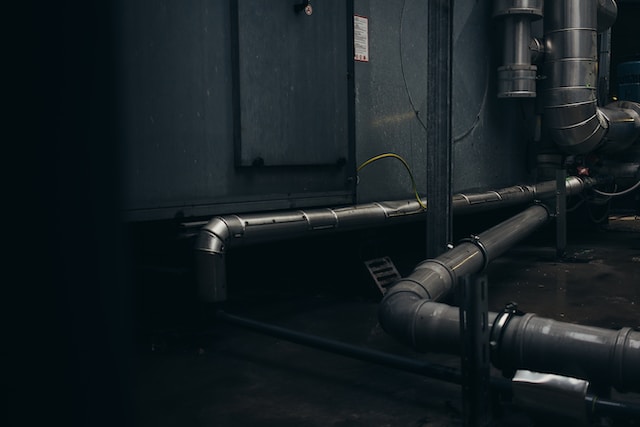Pipe spools are an essential component in many industrial piping systems. They are prefabricated sections of pipe that are connected to create a pipeline. Pipe spools are used in a variety of industries, including oil and gas, chemical processing, and power generation.
Pipe spools are typically made of steel or other metals, but can also be made of plastic, fiberglass, or other materials depending on the application. They are designed to withstand high pressure, high temperature, and corrosive environments.
The SeatherTechnology pipe spools involve cutting and welding pipes to create the desired length and shape. The spools are then tested to ensure they meet industry standards for quality and safety. Once they pass inspection, the spools are transported to the job site and installed into the pipeline. Understanding the basics of pipe spools is important for anyone involved in the design, construction, or maintenance of industrial piping systems.
Basics of Pipe Spools
Pipe spools are prefabricated sections of piping that are used to connect different sections of a pipeline. They are typically made up of several pipe fittings, such as elbows, tees, and flanges, that are welded together to form a single unit. Pipe spools are used in a variety of industries, including oil and gas, chemical processing, and power generation.
The primary function of pipe spools is to provide a means of connecting different sections of a pipeline while maintaining the integrity of the overall system. They are often used in situations where it is not practical or cost-effective to install a single piece of piping that spans the entire distance between two points. Instead, multiple pipe spools are used to create a continuous pipeline that can be easily installed and maintained.

Components and Construction
Pipe spools are typically made up of several different components, including pipe sections, fittings, flanges, and gaskets. The pipe sections are typically made of steel, although other materials such as PVC or fiberglass may be used in certain applications. The fittings are used to connect the different sections of pipe together and can include elbows, tees, reducers, and couplings.
Flanges are used to connect the pipe spool to other parts of the pipeline, such as valves or pumps. They are typically made of steel and are designed to withstand high pressures and temperatures. Gaskets are used to create a seal between the flanges and prevent leaks.
Pipe spools are typically constructed in a fabrication shop and are then transported to the job site for installation. The components are welded together to form a single unit, and the spool is then tested to ensure that it meets the required specifications. Once the spool has been tested and approved, it is transported to the job site and installed into the pipeline.
In conclusion, pipe spools are an essential component of many pipeline systems, providing a means of connecting different sections of pipe while maintaining the integrity of the overall system. They are made up of several different components, including pipe sections, fittings, flanges, and gaskets, and are typically constructed in a fabrication shop before being transported to the job site for installation.
Manufacturing and Installation
Fabrication Process
We follow a strict fabrication process to ensure the highest quality pipe spools. Our process includes cutting, welding, and assembly of the spool components. The cutting process involves using a saw or plasma cutter to cut the pipe to the required length. The pipes are then beveled and cleaned before welding.
Our welding process uses a combination of manual and automated techniques to ensure consistency and accuracy. We use both TIG and MIG welding techniques, depending on the material and application. The welded components are then inspected to ensure they meet our quality standards.
Quality Control
We take quality control very seriously and have strict procedures in place to ensure our pipe spools meet or exceed industry standards. We use non-destructive testing techniques such as X-ray and ultrasonic testing to detect any defects in the welded components.
We also conduct visual inspections throughout the fabrication process to ensure that the components are free from any defects or imperfections. Our quality control team is trained to identify and address any issues that may arise during the manufacturing process.
Installation Procedures
Our installation procedures are designed to ensure that the pipe spools are installed correctly and safely. We work closely with our clients to develop installation plans that meet their specific needs and requirements.
Our installation team is trained and experienced in installing pipe spools in a variety of settings, including industrial and commercial applications. We use specialized equipment and tools to ensure that the spools are installed correctly and securely.
In conclusion, our manufacturing and installation processes are designed to ensure that our pipe spools are of the highest quality and meet or exceed industry standards. We are committed to providing our clients with the best possible product and service.